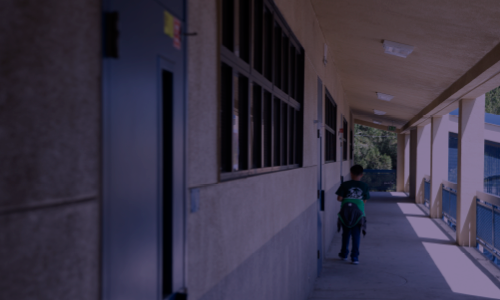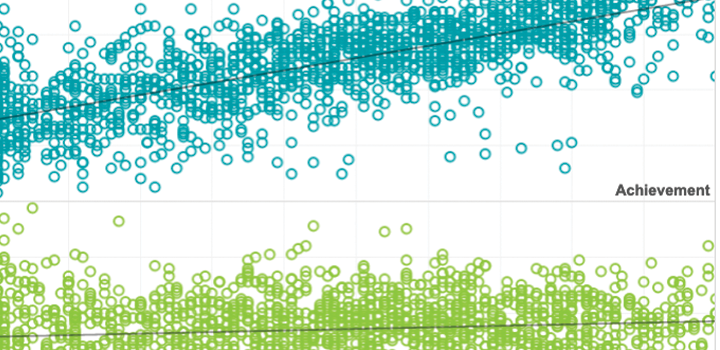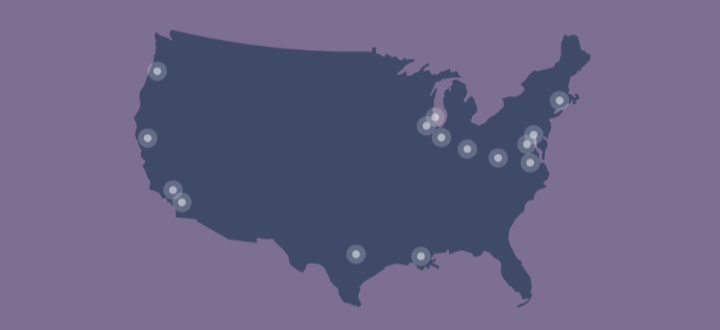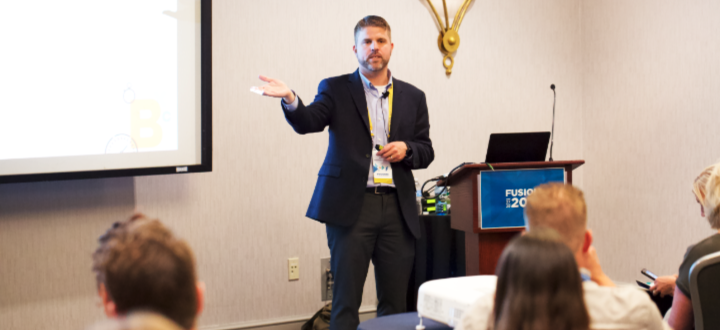Seasonal learning patterns & summer loss
Students don’t learn only during the school year, and academic growth trajectories can change as students move from kindergarten through high school. Academic growth patterns across time—both in school and during the summer—can differ for various groups of students, and those patterns can influence academic achievement gaps. Our research advances understanding of seasonal learning patterns, summer loss, and school and non-school contributions to student growth.


COVID-19 school closures will likely affect student academic achievement. Research on summer learning loss offers insights to help plan for and address some potential impacts of this extended pause when students return to school.
By: Megan Kuhfeld, Beth Tarasawa
Topics: COVID-19 & schools, Equity, Seasonal learning patterns & summer loss


This technical appendix outlines the methodology behind the projections in the NWEA research white paper, The COVID-19 slide: What summer learning loss can tell us about the potential impact of school closures on student academic achievement.
By: Megan Kuhfeld, Beth Tarasawa
Topics: COVID-19 & schools, Equity, Seasonal learning patterns & summer loss


NWEA data predicts students could be up to a year behind in math in the fall
New research by NWEA, a nonprofit assessment provider, predicts that because of school closures, some students could be as much as a year behind in math when they start school in the fall.
By: Megan Kuhfeld, Beth Tarasawa
Topics: COVID-19 & schools, Equity, Seasonal learning patterns & summer loss


New research findings provide a call to action: now is the time to plan for how school must be different next year to address learning gaps widened by the pandemic.
By: Megan Kuhfeld, Beth Tarasawa
Topics: COVID-19 & schools, Equity, Seasonal learning patterns & summer loss


The learning curve: Revisiting the assumption of linear growth across the school year
Important educational policy decisions, like whether to shorten or extend the school year, often assume that growth in achievement is linear through the school year. This research examines this untested assumption using data from seven million students in kindergarten through 8th grade across the fall, winter, and spring of the 2016-17 school year.
By: Megan Kuhfeld, James Soland
Topics: Measurement & scaling, Growth modeling, Seasonal learning patterns & summer loss


Homeschooling during the coronavirus will set back a generation of children
Long breaks are damaging. Virtual learning is erratic. The stakes are high.
By: Megan Kuhfeld
Topics: COVID-19 & schools, Equity, Seasonal learning patterns & summer loss


Summer learning loss: How teachers mobilize when kids return to school
NWEA researcher Megan Kuhfeld connected with Sonali Kohli of the LA Times to discuss summer learning loss.


